Toyota was so concerned that it might not be able to sell all of the required 25,000 GR Yaris models it needed for World Rally Championship homologation that it created a cheaper, ordinary version of the three-door car for Japan, called the RS. It comes with the standard Yaris’s humdrum 1.5-litre hybrid powertrain and none of the fancy running gear or hardware. They designed it to make up the numbers if the GR Yaris wasn’t successful.
As it is, the good people at Toyota have been taken aback by the little hot hatch’s popularity. They’ve now made 32,000 of them and counting. Not only has that justified this facelift, which they didn’t imagine they would ever be in a position to produce, but it also means they’re now committed to the GR Yaris for the longer haul. So long as they can sell them (not a given in the UK or EU, given emissions limits), they will keep making them.
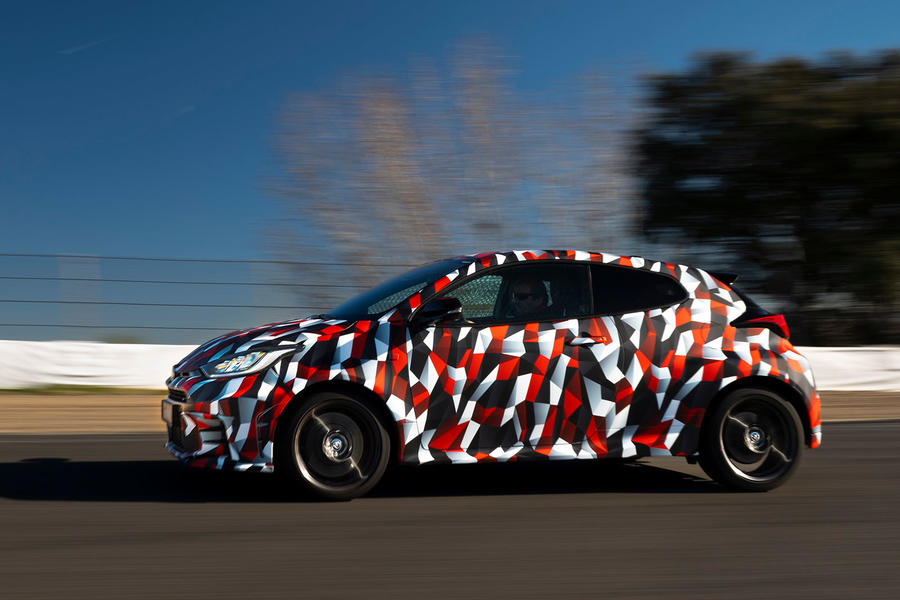
In the meantime, they’ve also been rallying and circuit racing it and discovering its limitations, which have played into this facelift. They’ve crashed it, melted it and burnt it so that you don’t have to. The headlines are that there’s now more power and the option of an automatic gearbox, but the detail changes run much deeper.
At the front, the bumper is now made in three pieces, rather than one, so that it’s quicker to replace a corner if you nerf it off on a race track. The centre section includes a larger cooling aperture, necessary for engine durability, and its grille is now made of metal, rather than plastic, so that debris doesn’t burst through it, exposing the radiator to holing the next time it happens. At the rear, the low-level reversing light has been moved level with the other lights – hot exhausts could and have melted it – and the high-level brake light has been moved from the spoiler to the rear window, because it was upsetting tuners who fitted their own rear wings. My test cars here are disguised, but I’m told that otherwise the visuals – including 18in wheels with 225/40 Michelin Pilot Sport 4S rubber – are unchanged.
The body changes are ones you can’t see. There’s a 15% increase in the number of spot welds and a 15% increase in the adhesive used, to stiffen the shell. Weight is unchanged, at 1280kg. The front struts are now more securely mounted by three bolts, rather than one larger one. And there’s a floor change that lets the driver’s seat be mounted 25mm lower, as one consistent bit of customer feedback was that it was set too high. The rear-view mirror has been raised by 25mm and the instrument binnacle, now digital, has been lowered by 50mm to improve forward visibility. And minor switchgear changes put more buttons in range of the driver’s sight and reach if they’re harnessed into competition seats.


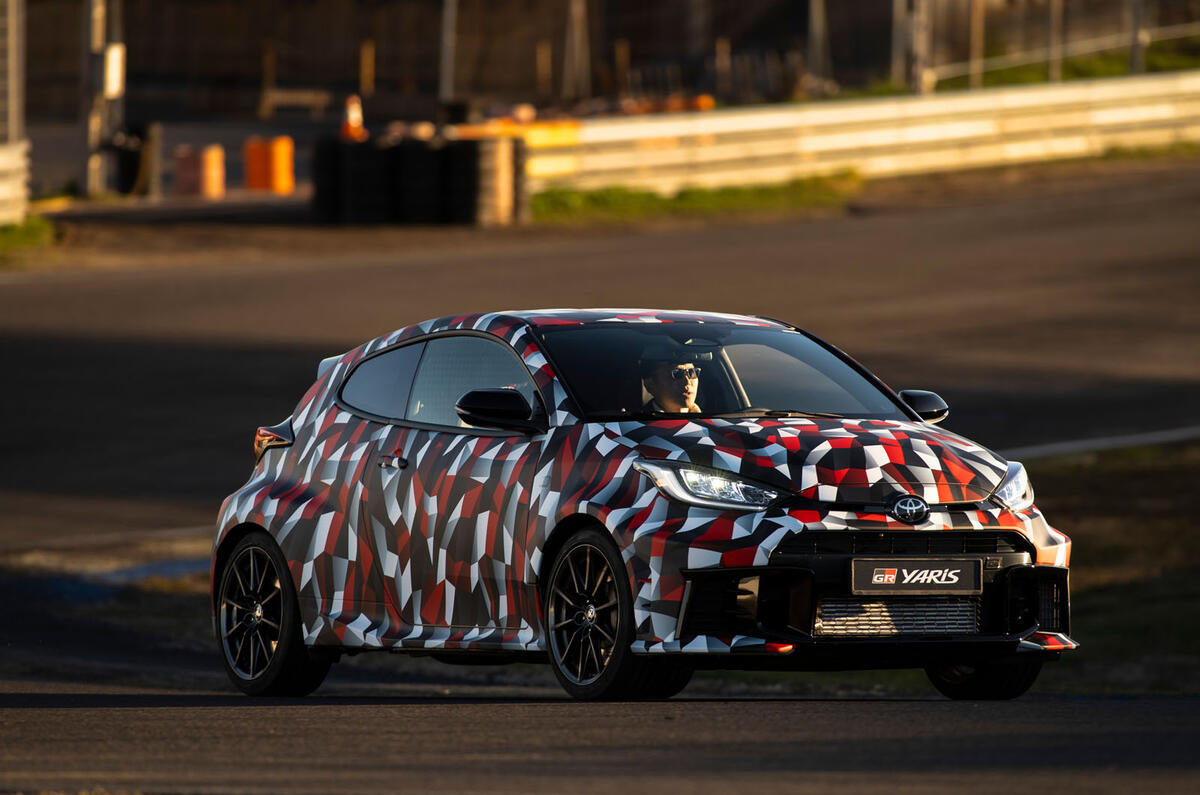




















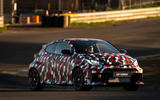






















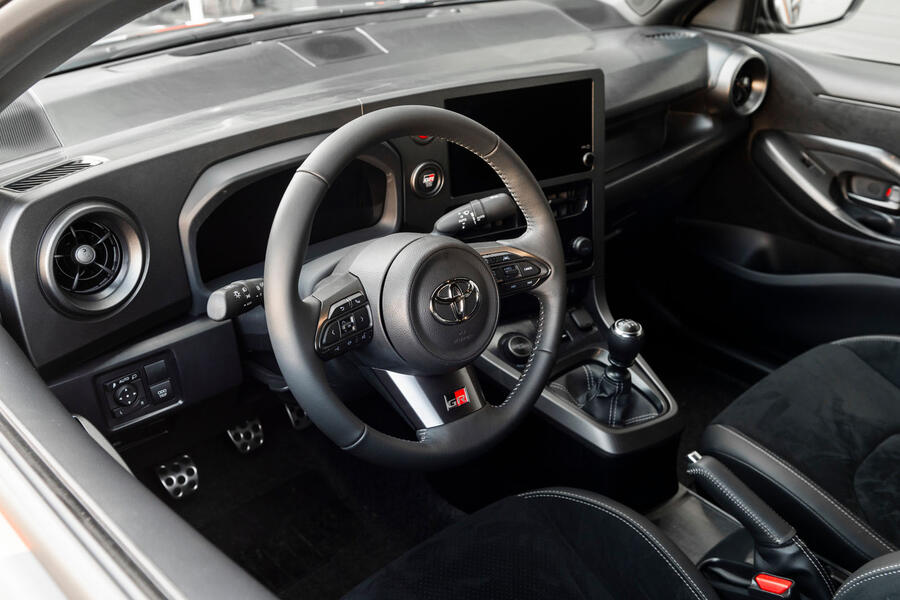
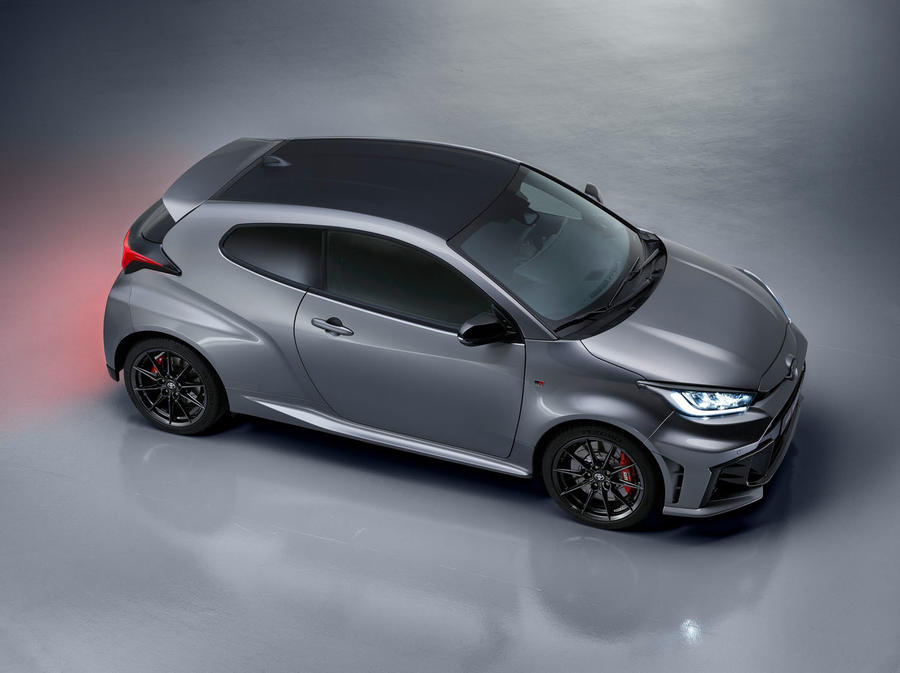




Join the debate
Add your comment
The list of improvements makes for enjoyable reading. Love it when engineers are given the freedom to properly refine their work. Now if only we had the GR Corolla in the UK too.